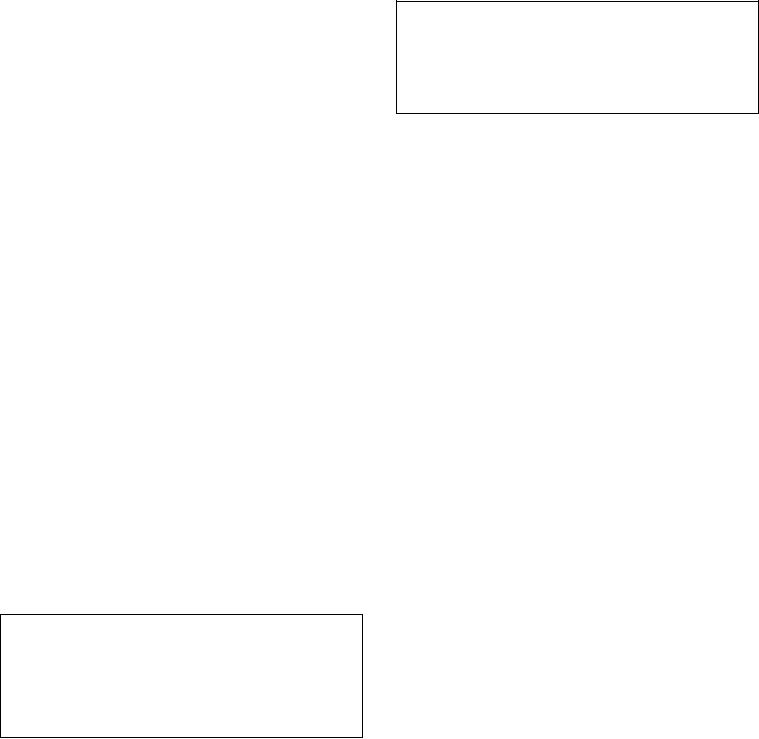
INSTALLATION OF FULL CYLINDERS.--
REPLACEMENT OF DRYING AGENT.--The
The trailer should be loaded with cylinders while
chemical drier should be inspected after every 12
fastened to a towing vehicle. If a towing vehicle is not
cylinders are used, and the chemical agent should be
available, the rear stand should be let down and hand
replaced at the first sign of change in the indicator. The
brakes applied so the weight of the cylinders will not
blue-colored indicating agent is applied on top of the
cause the trailer to tilt backwards. The retractable
white drying agent. When moisture is present, the
swivel wheel should be down if the trailer is not hooked
indicating agent will change color from blue to pink.
to a towing vehicle. (When the trailer is hooked to the
The indicating agent can be easily inspected by
towing vehicle, the swivel wheel should be retracted).
removing the servicing hose and unscrewing the top
Cylinders should be loaded from the rear and should be
cap of the drier container.
handled with safety caps in place. Standing cylinders
should be brought to within 4 feet of the rear end of the
trailer. If the cylinders are lying down, the safety cap
end of the cylinder should be just below the rear of the
CAUTION
trailer. The safety cap end of the cylinder should be
Relieve all pressure prior to inspection or re-
lifted or lowered and placed in the appropriate channel.
placement of the chemical agent.
The bottom of the cylinder should be raised and the
cylinder worked into place.
Ensure that the cylinder is in its forward-most
The drying agent is removed by removing the hose
position and firmly seated against the forward cylinder
connecting the lower cap and the lower manifold and
stop. Remove the cylinder safety cap. Position the
unscrewing the drier lower cap. All traces of the
cylinder so that the cylinder valve outlet may easily be
contaminated agent should be removed and the lower
connected to the flexible hose without causing undue
cap replaced, and the lower manifold connected. The
strain on the hose. Prior to connecting the hose to the
drying agent should be quickly placed in the drier so
cylinder, open the cylinder valve slightly to blow any
that it does not pick up moisture from the air. Care
foreign matter from the outlet valve, then close the
should be given to the replacement of the indicating
valve. Connect the flexible hose nut to the power
agent. The top cap should be screwed in place
cylinder valve. As soon as the cylinders are in place and
immediately after observing the condition of the
the hoses connected, the clamping arrangements should
indicator so that moisture or humid air does not cause
be tightened.
the indicator to change color.
The bottom four cylinders are clamped in pairs by a
The caps on the drier should be screwed down until
wheel while the top two cylinders are each held in place
they hit bottom. The caps should be removed and
by a single strap.
replaced by hand only. It is not necessary to tighten the
caps extremely tight; the caps are sealed with O-ring
After tightening the coupling nuts on the hoses, the
packings. If leakage occurs, the O-rings should be
hoses should be free of twisting strain. Gripping the
replaced.
hose with one hand and twisting slightly in a clockwise
direction while tightening the coupling nut can prevent
NOTE: All maintenance on the
twisting. After replacing the empty cylinders, the
oxygen-servicing trailer should be performed
cylinder valves on the full cylinders should not be
in accordance with the instructions contained
opened until the trailer is positioned for servicing an
in the applicable operation and service instruc-
aircraft.
tions manual or set of maintenance require-
ment cards.
OXYGEN SERVICING UNIT A/U26U-1A
CAUTION
To eliminate the danger of an explosion, do not
The oxygen servicing unit A/U26U-1A is a
interchange parts between oxygen servicing equip-
configuration of four major components consisting
ment and air/nitrogen equipment.
of a trailer assembly, gas storage system, gas servicing
8-13

